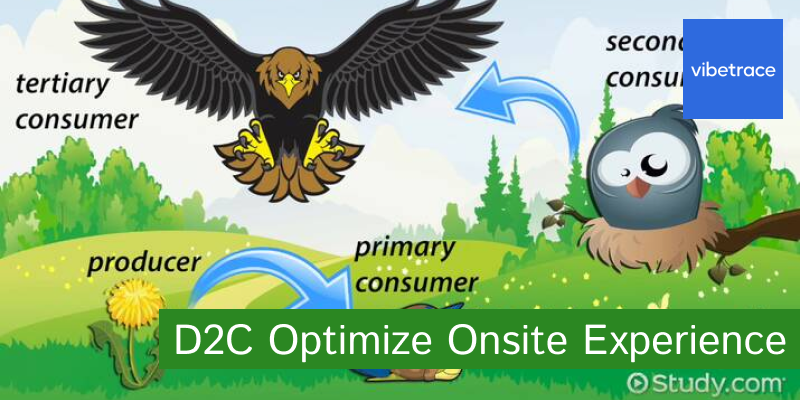If you’ve seen Nike’s earnings from last years, you’ll know its stock is soaring after a stellar performance in the last quarter. The biggest driver behind its success?
A 73% rise in direct sales, which accounted for more than one third of overall sales. Since shifting its investment and focus over the last few years, Nike has become the poster child for the direct-to-consumer (DTC) model.
Scaling back its partners to only those that truly represent the brand, has meant cutting ties with the likes of Urban Outfitters in 2020.
Apart from a few partners, it has focused attention on its company-owned strategy to build an even closer relationship with its loyal customer base. It’s an approach that’s worked during the pandemic, with its website traffic going through the roof.
Others have taken a similar route in the pandemic, for example Nivea and Unilever both launched their own ecommerce sites. Now that we’re shopping online more than ever, brands want a slice of the pie to get closer to their online customers. There is a reason way DTC is coming out as the popular recipe to do that.
What is DTC marketing and why should you care?
Customer expectations are changing, now more than ever. Online shopping has fast become the top interaction brands have with consumers and in most cases, they value the experience more than the product itself.
Convenient, streamlined purchase experiences and authentic brands are the order of the day. In most cases, meeting these demands is not only key to whether customers abandon their cart or not but also whether they will come back. Purchasing experiences will trump brand loyalty more and more.
DTC answers those demands exactly. It is different to a business-to-consumer (BTC) model where an intermediary retailer steps in to make the sale for the manufacturer.
With the new popular kid on the block, DTC, you get:
- more control over the marketing, customer experience and brand messaging
- access to customer data that will help you drive a better customer experience
- a greater opportunity to leave a lasting impression and build relationship with buyers
Do you like this article?
Join our CX for Retail dedicated newsletter!

Stay connected to what’s really important to optimize your digital revenues.
By clicking the button, you accept our Terms & Conditions. Also you will need to confirm your email address.
There is also the added benefit that millennials are driving the popularity behind DTC because it speaks directly to their shopping needs of convenience and brand purpose. This generation makes up a large proportion of the online shoppers out there, calling for the DTC-tailored shopping experience.
For these reasons and more, it seems obvious that big brands are turning to DTC. Optimising your on-site experience to attract and engage customers will be key to driving your success in a DTC model.
Bring your brand experience online
A brand’s biggest defence against the likes of Amazon or online distributors is the brand itself. Consumers buy into a brand and are increasingly pledging allegiance to the brands that understand them and that they trust.
Many brands – or the distributors they use – have mastered the art of the boutique brand experience in-store but haven’t yet replicated that online.
When adopting a DTC strategy, brands need to consider how to recreate that personalised touch. Traditionally consumers have valued the help, advice and recommendations from an in-store sales assistant.
Now, consumers are expecting that same level of guidance when shopping online. And with technology like guide selling tools and email remarketing, there’s no reason you can’t deliver a near-identical customer experience on your site.
Get talking to your customers
One such way that technology can help is through interactive on-site tools like problem solvers and surveys. Consulting with the customer like you would in-store, you can guide them through their journey, identifying the intent of the visit and pointing them towards relevant products and eventually converting them.
As well as helping the customer in that individual visit, over time you can build up a clearer picture of your customer base. This kind of dialogue falls under zero-party data, which is declared by the customer, is pivotal to understand what is bringing customers to your site and their expectations.
There are plenty of tools that allow you to interact and ask your customers questions during their journey that are invaluable for progressive profiling.
Engage at the right time
These tools play an important part in the overall mission of DTC: to get closer to the customer and their needs. But timing is everything. These functions should be as helpful as possible, just like an attentive sales assistant catching your eye at the right time.
A pestering or unhelpful sales assistant can ruin the shopping experience and these tools can do the same. Understand the best time to prompt your customers, so you only offer timely help that doesn’t disrupt their journey. You can do this by doing a deep dive into how your consumers interact with your site.
DTC is fast becoming an obvious choice for brands, but you will need the foundations waxed before you see any success on your own site.
Need help on your DTC journey or optimising your website in preparation? Speak with our team today!

